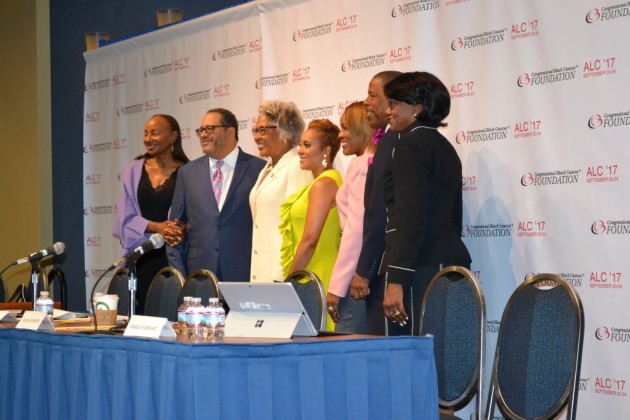Six months after hurricane Katrina flooded 80 percent of the city and displaced at least half a million people, some residents of New Orleans have made a brief return home for Mardi Gras.
Every year, residents and tourists celebrate Mardi Gras, celebrations similar to Carnival in the Caribbean, all over New Orleans; but this year, to no one’s surprise, Mardi Gras is not the same.
In past years, Orpheus and Emdymion were the names of parades that took place up until Mardi Gras’ climax-Fat Tuesday. On this day, parade processionals such as Zulu and Rex could be seen as far as the eye could see with more than 100 colorful floats.
One parade goer noticed that there have been significant changes to the city’s biggest tourism attraction and cultural celebration.
"Zulu used to be one of the longest, 112 [floats], easy. I knew someone who was on float 112 a few years ago," said Traci-Amanada Washington, who traveled from school in Washington, D.C. to attend Mardi Gras. Washington, like many residents, was confused after missing the parade due to its abbreviated routes and reduced number of floats.
Some, like New Orleans resident, Jackie Jenkins, Jr. who did get to watch Zulu, said the parade was down to about 18 floats. "We thought maybe it had stopped and was going to come back around but come to find out, that was it," he said.
Indeed, other parades that run during Mardi Gras have also been abbreviated for the same reasons Zulu was; residents who are usually in the parade have not returned and some streets were too damaged for the floats to run safely. In other cases, the parades had to be shortened to cut down on police overtime, which the city could barely afford. Still Zulu and Rex ran through areas like the 7th Ward past a few residents who had returned to minimal damage because their homes were raised and recently gutted out.
In a city where most of its residents had to travel from their new homes in neighboring states such as Texas and Georgia, the Mardi Gras spirit carried on in smaller numbers.
Washington, a life-long New Orleans resident, says the overall mood of Mardi Gras has changed with police forces not as tolerant with the crowds as they had been in the past, “usually the police don’t come and try to move the crowds until after midnight when it is time to clean up the streets but, this year they got on the loudspeakers and told everyone to go home at three in the afternoon because the parades had already passed.”
Just months ago the fate of Mardi Gras was hanging in the balance, after Hurricane Katrina police forces had been exhausted and city finances were too tight to handle the overtime it would have to pay its officers. Furthermore, Mardi Gras is a celebration and some residents felt the city had gone through too much to celebrate. "I was against it, they were still finding dead bodies all over the city and I thought how can you celebrate when so many people died" said Ninth Ward resident, Linda Phoenix.
However, in November, Mayor Ray Nagin’s administration approved a shorter eight-day season instead of the normal 11 days, with full processions given to the more popular parades such as Zulu and Rex. In a city which once boasted 81,000 service jobs and tourism revenues exceeding billions of dollars each year, Mardi Gras is very important for bringing residents and money back into the city.
"When my spirit of rebuild, renew and rejuvenate came to me, I thought New Orleans is Mardi Gras and our industry is tourism and in order to rejuvenate the city and the economy Mardi Gras has to happen so I finally got in the spirit," Phoenix said.



